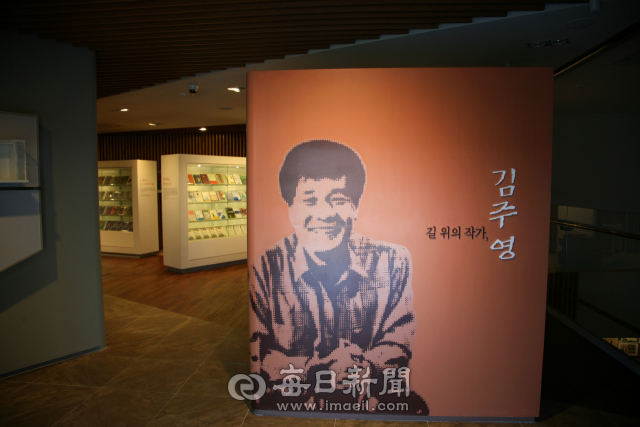
Writer Kim Joo-young
gladly welcomes people.
A literary house of a living writer
"I hope that people in pain
can get comfort from reading my books."
A literary house of a living writer is rare in the world.
Literary houses are mostly built after writers have died. That is why Gaekju Literary House in Cheongsong is special. It is themed on Kim Joo-young's iconic novel Gaekju (The Innkeeper), and Kim, 80, currently writes vigorously as a prominent writer in the Korean literary circle.
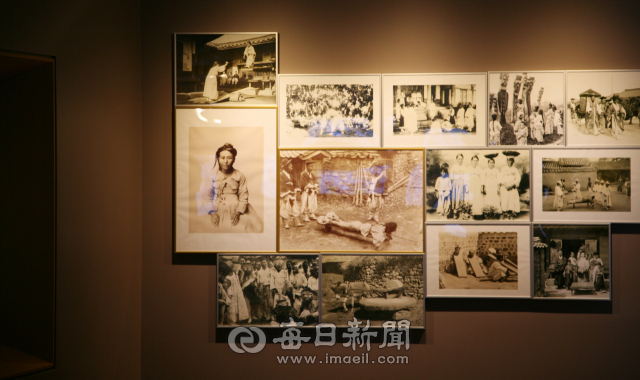
Gaekju Literary House is said to be "living and breathing."
The literary house is not stationary but changes dynamically. Writer Kim has played a large role. He spends half the year in Cheongsong and shows visitors his writing activities and even his private life with his friends and acquaintances. Visitors can not only gain information from the exhibitions but also meet the writer to talk about his works and communicate with him. Every time people visit Gaekju Literary House, they find something new there.
Writer Kim Joo-young's life
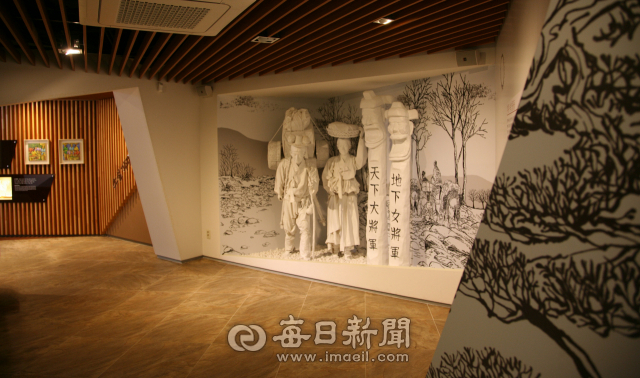
Kim Joo-young was born in Jibo-myeon, Cheongsong-gun in1939. His home was in a mountainous village where there was no factory or railway within 40 km, and he said I "suffered from dire poverty from the moment I was cut off from the umbilical cord to be born." In 1959, he entered the Literary Creation Department, Seorabeol Art College and won a scholarship there. One day, he asked Park Mok-wol, his professor and a poet, to read his ten poems and got a cold remark "You don't have talent in poetry." Kim came back to Cheongsong and volunteered for military service. In 1964, after completing his military service, he got a job as a bookkeeper at the Andong Tobacco Producers Cooperative in his hometown to make a living. During the period he lost literature, he lost his father and sibling and wasted his life drinking heavily to the point of having an intestinal rupture.
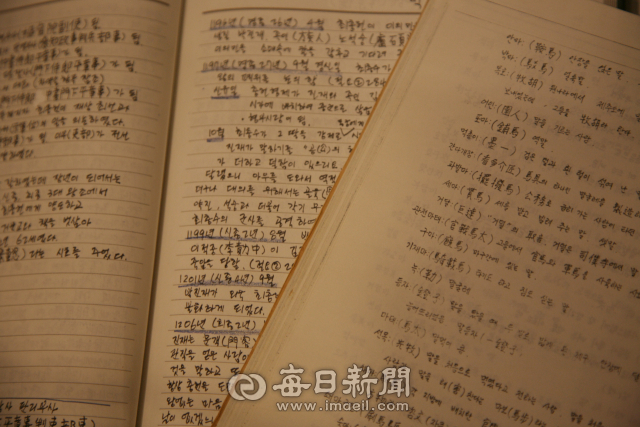
In 1970, Kim quit his job and began writing again at age 30. That year, he wrote and submitted Summer Hunting (Yeoreum sanyang), which chosen for the second-place prize by the journal Literature Monthly (Wolgan munhak). In the following year, he won the prize for new writers by the same journal for A Period of Dormancy (Hyumyeongi), through which he took his first step in the literary circle.
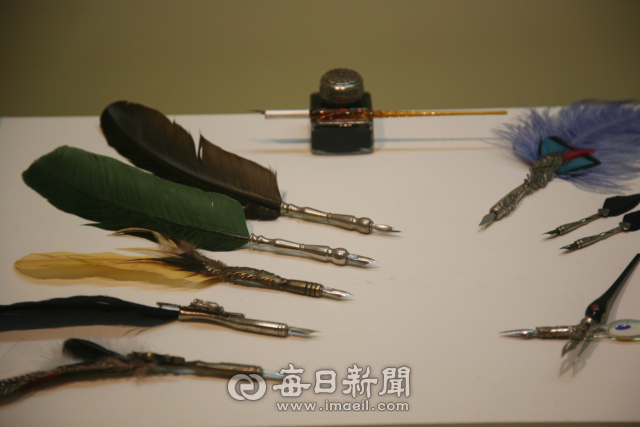
In 1974, he began to collect materials to write a saga. For five years, he visited over 200 market places in the countryside across the country, collecting novel materials. In 1979, the novel Gaekju began to be published serially in The Seoul Shinmun. Kim wrote the story he had prepared, for nearly five years until 1983 through 1,465 episodes.
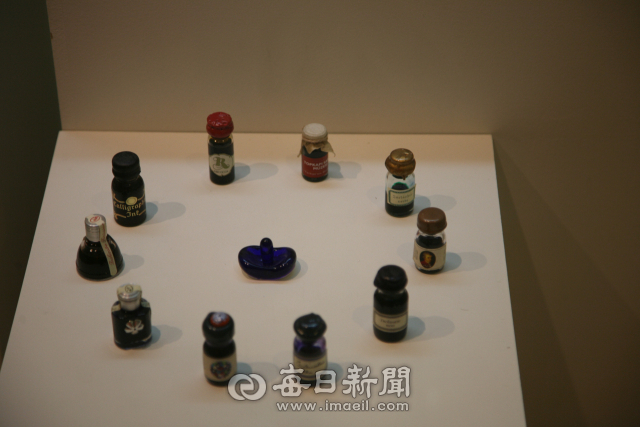
During this period, he was interviewed by a press agency. In the interview, he told an untold story about how the novel Gaekju was written, saying, "I could not stay at home for more than ten days a month and roamed market places around the country, carrying a camera, a telescope and a notebook with me." Gaekju was published in 1981 and won Kim the 1st Yoo Juhyeon Literary Award. The nine volumes of Gaekju were published at Changbi Publishers in 1984 and then Kim stopped writing Gaekju. Afterwards, he depicted street life of the ruled class in his novels like Yajeong, The Wanderers (Hwacheok) and Righteous Band of Brigands (Hwalbindo). The materials of his works were the general people's lives and poverty. This trend continued to appear in The Roar of Thunder (Cheondung sori), Fishermen Don't Break off Reeds (Gogijabineun galdaereul kkeokji anneunda), Stingray (Hongeo), Anchovy (Myeolchi) and The Empty House (Binjin). He has received several literary awards including the Republic of Korea Culture and Arts Award, the Korean Novel and Literature Award, the Yi San Literary Award and the Daesan Literary Award. In 2007, he received the Eungwan Cultural medal. In 2013, Kim completed the novel Gaekju, which had lingered in his mind for years, by writing the tenth volume after 30 years, thus making a great achievement in the history of Korean literature.
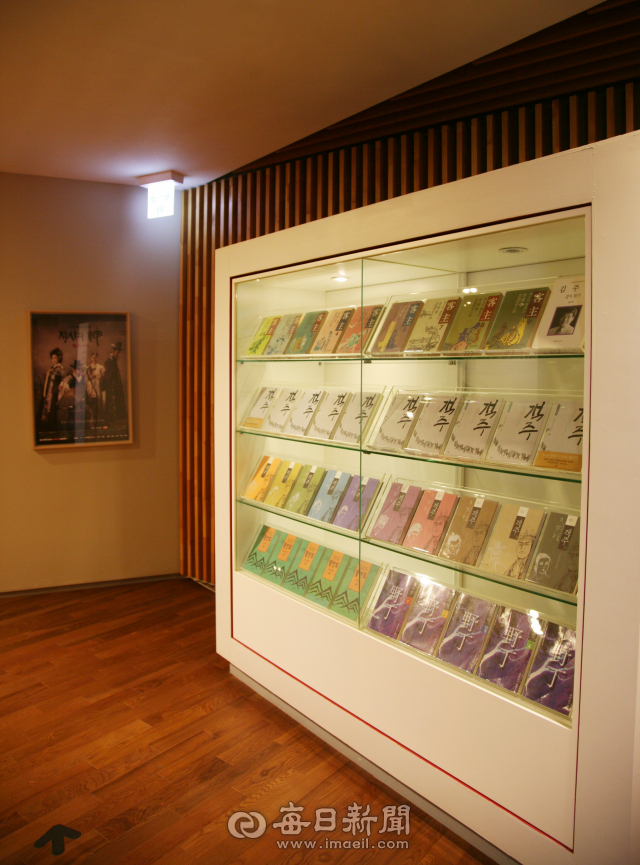
Gaekju Literary House
Gaekju Literary House opened on Jun 10, 2014, and the literary house was built using the facilities of a closed school (Jinbo Jeil High School).
The area of the literary house is 24,771 ㎡, and the project cost totaled 7.5 billion won (government funds - 3.75 billion won, provincial funds – 1,125 million won, county funds – 2,625 million won). Cheongsong-gun saved construction costs by extending and rebuilding of a closed school building.
The three-story building with an area of 4,640 ㎡ consists of the Gaekju exhibition hall where visitors can comprehensively explore the novel; Yeosonghyeon (與松軒), Kim's writing room; a novel library; Space Gaekju; a special exhibition room; a video education room; a creation studio; a writing room of resident writers; training facilities; a seminar room; a café; a creation hall; and a multi-purpose hall. The 1st and 2nd exhibition halls show Kim's writing background and process in detail. Visitors can see not only the writing instruments and squared manuscript papers Kim used but also the course of Kim's life while he wrote literary works. Also on display is a manuscript he wrote with a sharp fountain pen, holding a magnifying glass, to write more words at a time when paper was precious. The exhibitions show literary students Kim's exemplary conduct, as well.
The exhibitions also impart essential knowledge about peddlers in the late Joseon period who appear in the novel Gaekju. Their appearance, history, life and rules can be learned through interesting things to see, such as replicas, pictures and video materials
On the second floor, the exhibition shows materials Kim has collected to write novels, travelling around the world. Kim is as talented in photography as in writing. His photos contain great techniques and hidden stories and even photographers compliment his photos. Particularly, many of the photos show market day scenes around the country and some photos well compare past and present scenes of a market place that is the background of Gaekju. In some of the space, there are art and sculpture exhibitions all year around.
A Gaekju Literary House commentator said, "Gaekju Literary House is not only a space to explore the novel Gaekju Kim wrote but also a place that contains Kim's life. He has a strong affection for the literary house and has donated his personal items and even articles he had cherished and kept like a family treasure. Even now, he donates his articles to be displayed in the literary house."
And Gaekju Literature Village will open this year. A theme village will be created behind the Gaekju traditional market, Jinan-ri, Jinbo-myeon. The village was designed by combining nostalgia for a traditional market and local resident's reminiscences. Cheongsong-gun has remodeled 52 houses and built a house resembling the novelist's birthplace, a Gaekju exhibition hall, a tavern, a craft workshop and the like by investing 16.3 billion won (government funds - 3.4 billion won, provincial funds – 300 million won, county funds – 12.6 billion won). In this village, tourists can experience the peddler culture and fully enjoy the mood of a traditional village.
"Come and have a cup of tea."
I've come back from Yeoju
where I bought pottery
to adorn the literary house.
It has been four years since Gaekju Literary House opened, but the literary house is still adorned with new articles.
The writer Kim Joo-young goes anywhere across the country when the seasons change or he finds something good to adorn the literary house. Of course, he pays out of his own pocket to buy things to adorn the literary house.
"Gaekju Literary House is like my face and my house. Of course, I should adorn the literary house with pretty things. I know many people in the art circle. I get their advice and get inspiration from them. The literary house is mostly adorned by me," said the novelist.
Gaekju Literary House
has another name,
which is a "living literary house."
"It is rare to build a literary house of a living writer. Cheongsong-gun made a big decision and gave me benefits," said Kim. "I think I can repay the benefits by devoting my remaining years to this literary house."
Kim talked about a long-term prisoner he encountered a few years ago. He heard that people released from prison would gather at Jinbo Intercity Bus Terminal at dawn one day. Driven by curiosity, he went to the terminal early at dawn. Before long, people released from prison gathered in front of the terminal and one of them introduced himself as an ex-long-term prisoner to Kim and asked for a cigarette. Kim gave him a pack of cigarettes and a lighter out of a generous heart. Then, the man took out three books—Gaekju volume 1, 2 and 3—out of his bag and gave them to Kim in return, saying, "This is a very fun novel." Kim did not tell him that he was the author and this incident made him think deeply.
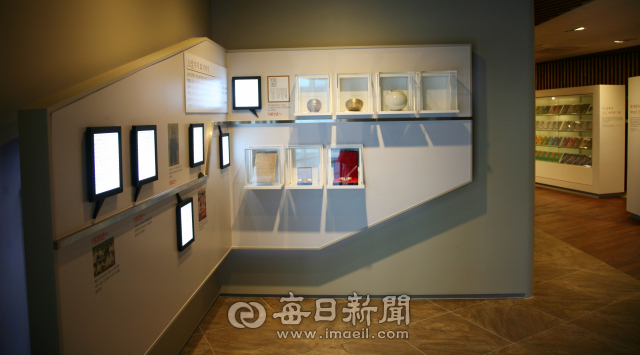
The protagonists of his novels are mostly people who are marginalized in society, physically disabled or troubled with problems such as a family problem. Kim puts positive mind-sets in the protagonists and gives them the key to overcome such lives, providing readers "comfort" as a present. Kim thought that the ex-long-term prisoner, he encountered at the terminal. also received comfort as a present from him.
"Like my novel An Unexpected Life, I need to look back on my life at age 80 and meet more people to give them comfort and encouragement," said Kim. "If you are exhausted and have a difficult life, come to Gaekju Literary House. I'd like to serve a cup of tea."











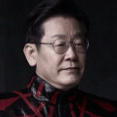



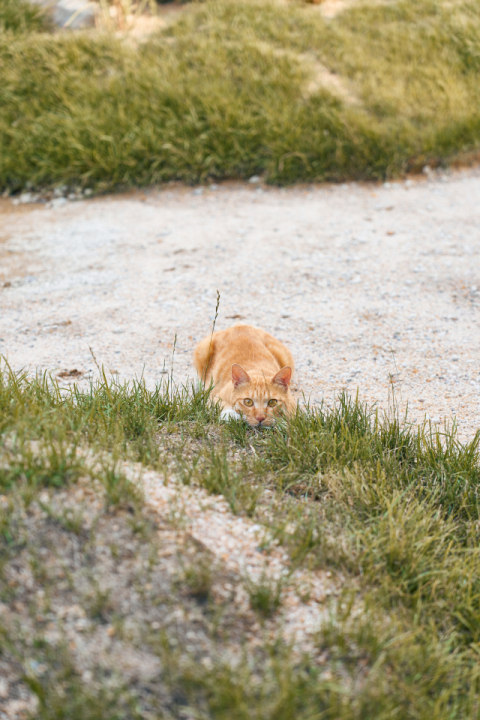




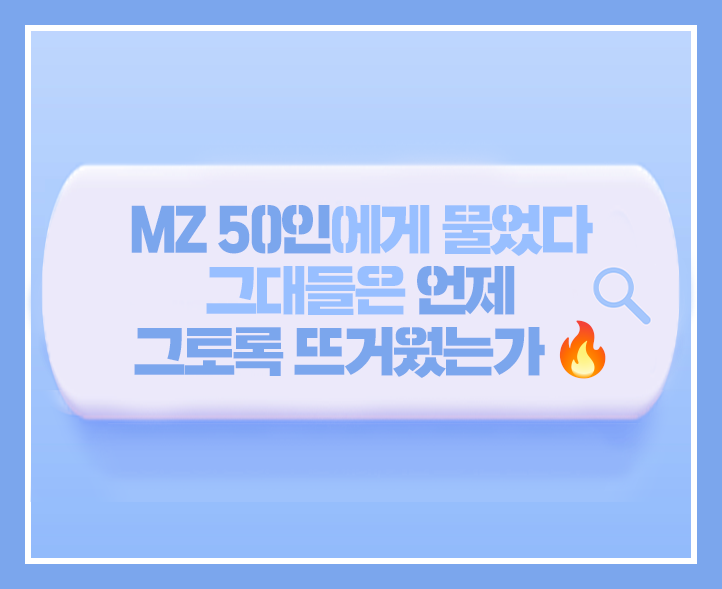


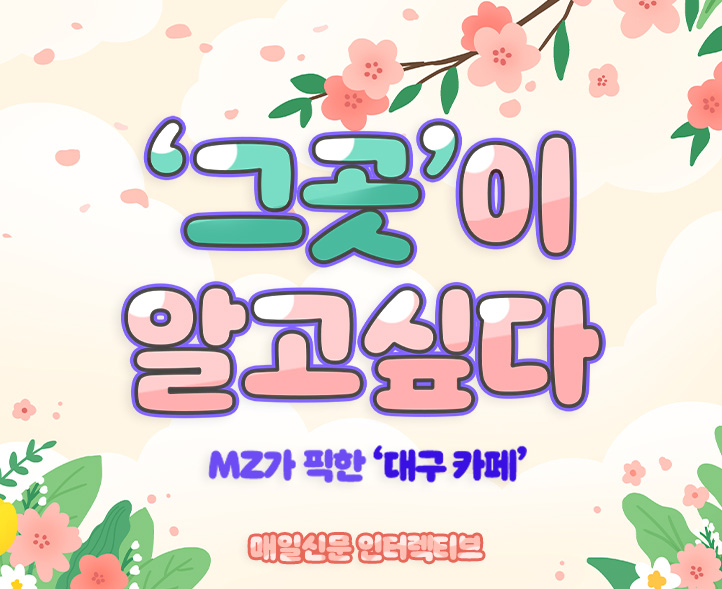














댓글 많은 뉴스
'갭투자 논란' 이상경 국토차관 "배우자가 집 구매…국민 눈높이 못 미쳐 죄송"
"아로마 감정오일로 힐링하세요!" 영주여고 학생 대상 힐링 테라피 프로그램 운영
"이재명 성남시장 방 옆 김현지 큰 개인 방" 발언에 김지호 민주당 대변인 "허위사실 강력규탄"
문형배 "尹이 어떻게 구속 취소가 되나…누가 봐도 의심할 수밖에 없는 사건"
'금의환향' 대구 찾는 李대통령…TK 현안 해법 '선물' 푸나